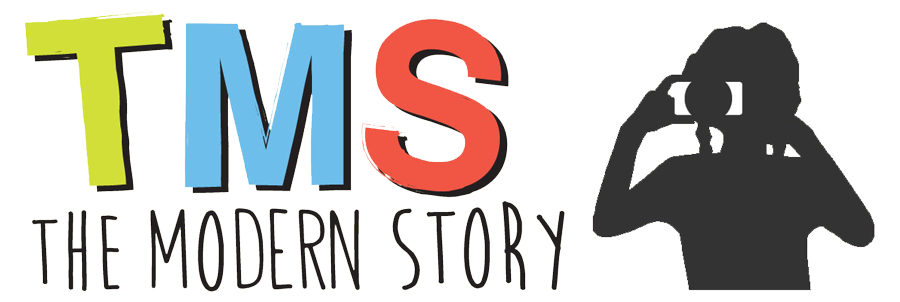Update From the TMS Classroom
As I approach the two week anniversary of my arrival here it’s both a relief and slightly daunting that I still have over five months in the country. However, as we begin work and settle into a routine it feels more comfortable to think about the length of my stay here. In particular when I think about our work in the classroom, I am glad to have as much time with the girls as possible for a couple reasons. First, their eagerness to learn and to please their instructors blows me away. They are all so wonderfully innocent and childlike at thirteen it is a little upsetting to compare them to children of their same age in the states. Even when I think about myself at their age, I can’t believe how impatient I was to grow up, when they seem so angelically childlike and happy. Secondly, I am glad to have as much time in the classroom as possible because the girls seem to really need help with their English. This is not a surprise to me, and neither is the wide disparity in skill level — these are both issues teachers must face in every country. I am very interested to find out how these two factors will play out over the course of five months — how the girl’s eagerness and excitement about the class will translate into their progress with English. My hope is that they can make great progress with their positive attitudes and I am trying to do everything I can to encourage and push them forward.
We bought 60 notebooks for all of the girls at Railway and are using the idea of journaling and sending personal messages back and forth as an investment strategy to get students writing in English everyday. I spent a large chunk of time last night reading all 30 of my student’s journals and writing them long paragraphs in response. Some of these paragraphs included tailored grammar lessons about verb agreement and tense, some asked questions to prod them to write more, some softly chided them for copying from other students, and all encouraged them to keep writing and pushing themselves in class. All students claimed to be very excited to begin the TMS program and seemed struck in only the first day of class by the creative, open, and personal structure of the class which is so different from the lecture style and rote memorization methods of teaching and learning that are so common here.
Their assignment on the second day was to bring in an object that was precious to them, to begin a classroom trend of introspection, sharing the personal, and writing our stories. Most girls took the assignment very seriously and came to class proud to show off their favorite belongings. I was especially impressed that nearly all the girls remembered even after our class was pushed back a day due to a bandh — a protest that shuts down the city, usually due to the Telangana situation which is a separatist movement for Hyderabad to become its own state. Despite the delay, they came equipped with photo albums, bangles, jewelry, little bags, sweaters, and one girl even brought two stuffed dolls practically half her size! In class writing is a bit of a challenge for them, so I plan to create many opportunities for them to practice and develop their skills over the coming months. Neha, my co-teacher, is also on board and can’t wait to start giving them photograph prompts to write stories about — an assignment Kara and Ilana did last year that she clearly loved. Neha’s dedication to TMS and love of the children and the previous fellows is touching. When we brought in our own precious objects to share she came in wearing a rainbow beaded bracelet that was given to her from her best-friend, Kara, last year before she left.
Giving this assignment I was also struck by the simplicity and innocence (a recurring theme at Railway and certainly a juxtaposition when you consider it alongside my previous teaching experience) of their precious objects. Many students wrote about pens or umbrellas or cheap plastic knick-knacks. These objects were precious because of the people who thought to give them as gifts, not for their monetary value. I cannot imagine students in the US writing with heartfelt sincerity about the importance of items besides jewelry, electronics and other luxuries. Just another one of the many eye openers of living and teaching in India.
Teaching Voice-over at Railway: Our Precious Objects from The Modern Story on Vimeo.



